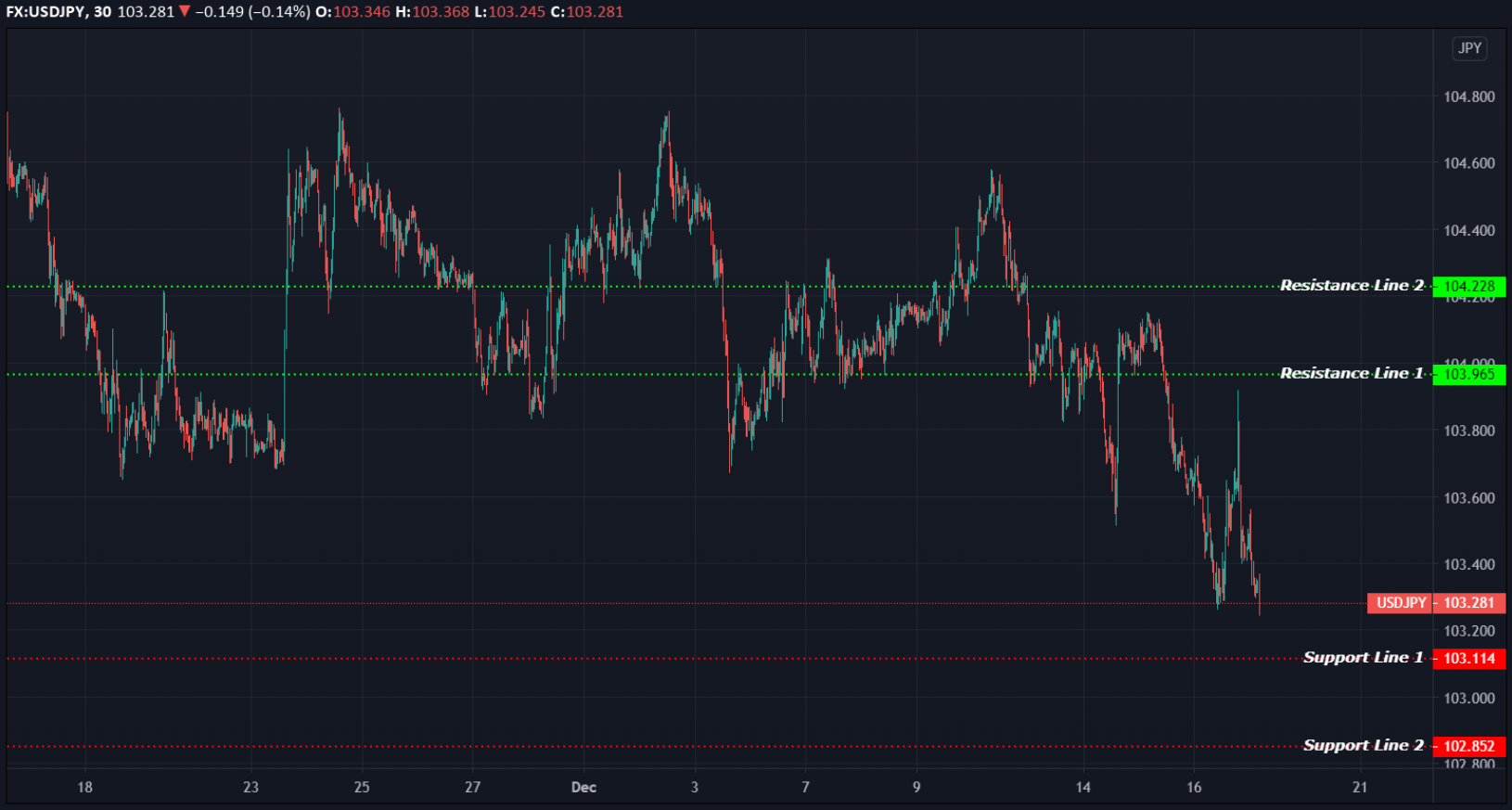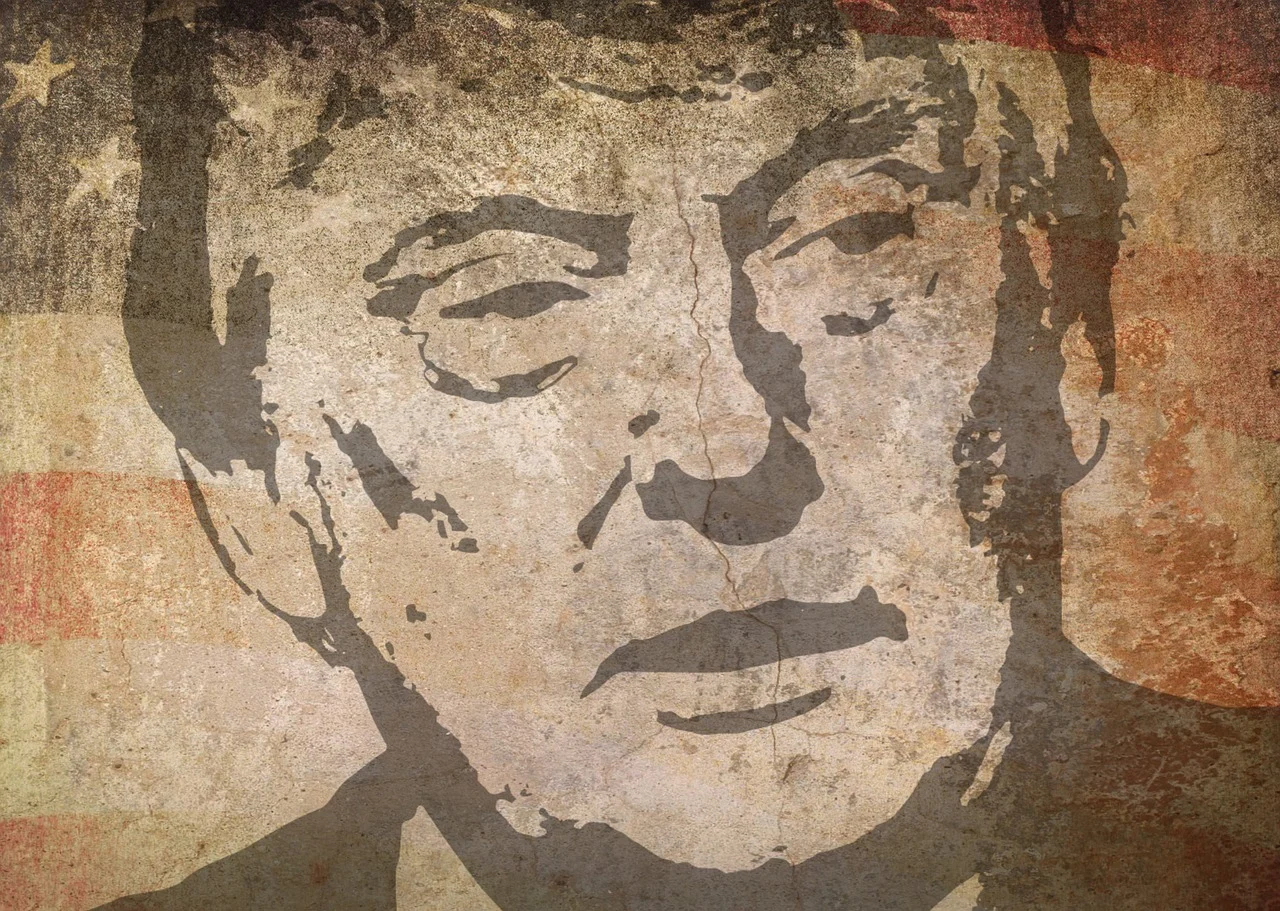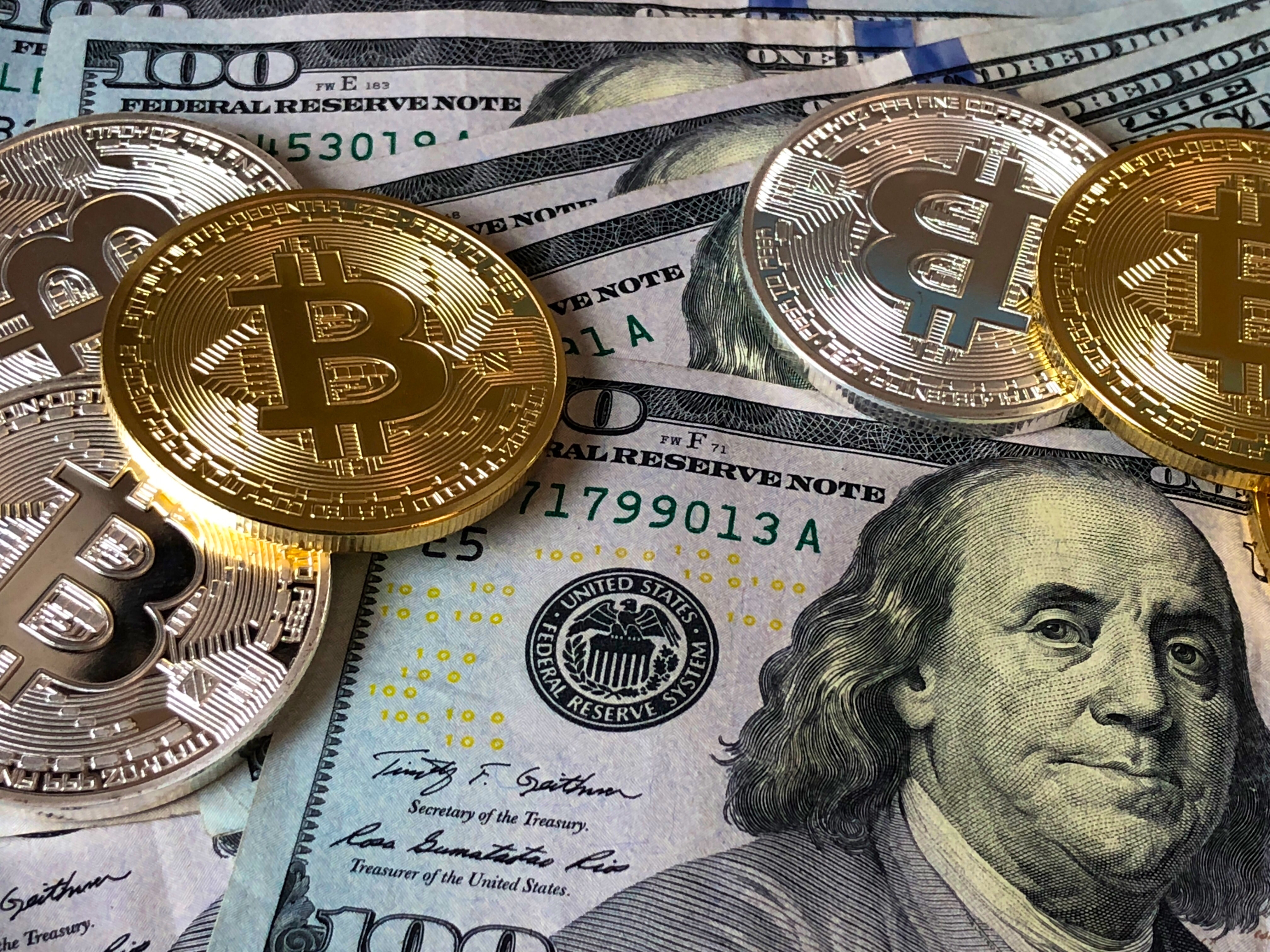EQUITIES
Asia-Pacific markets mostly higher on Wednesday. The Australia’s S&P/ASX 200 led the gains by 1.10%, while the Japan’s Nikkei 225 added 0.12%. The Shanghai Composite added 0.63%, and the Hong Kong’s Hang Seng index rose 0.08%. Meanwhile, the Singapore’s Straits Times index declined -0.49%, and the South Korea’s KOSPI slipped -0.52% lower.
Overnight on Wall Street, the S&P 500 closed 0.2% higher at 3,701.17. The Nasdaq Composite gained 0.5% to end its trading day at 12,658.19, seeing intraday and closing all-time highs. The Dow Jones Industrial Average, on the other hand, shed 44.77 points to close at 30,154.54.
OIL
Oil prices hit a 9-month high early on Thursday on the back of crude oil inventory that decline and optimism about the U.S. coronavirus relief package. The Brent crude futures traded to $51.52 a barrel, while U.S. crude at $48.24.
On Wednesday, Brent closed at $51.08 per barrel, while WTI futures ended at $47.82 per barrel.
CURRENCIES
The dollar fell to its lowest since April 2018 against a basket of currencies in anticipation of the easy Fed policy. The dollar index, which tracks the greenback versus a basket of six currencies, fell 0.413 points or 0.46% to 90.03.
The Australian dollar changed hands at $0.7582, above levels below $0.75 seen last week, while its New Zealand peer added 0.3% to $0.7132.
Bitcoin traded at $21,342 after smashing through the $20,000 barrier for the first time overnight and extending as high as $21,420 on Thursday.
GOLD
Spot gold dipped on the Fed announcement, currently trading at $1,864.60 per ounce, while added to around $1,867.80 per ounce for gold futures. Previously closed at $1,865.10 and $1,859.10, respectively.
Silver trading at $25.27, platinum trading at $1,033.00 and palladium trading at $2,186.00.
ECONOMIC OUTLOOK
Shares in Asia-Pacific traded mixed on Thursday as investors reacted to the latest announcements from the U.S. Federal Reserve, better-than-expected Eurozone economy, and on the news that U.S. lawmakers were nearing a monetary stimulus deal. While the rising number of COVID-19 cases around the world remain as concern.
Concluding its 2-day meeting, the U.S. Fed said it will buy at least $120 billion of bonds each month until further progress is seen. The U.S. central bank also kept benchmark interest rates near zero as expected at least through 2023.
The eurozone economy performed much better than expected this month, although it still contracted slightly. IHS Markit's flash composite PMI soared to 49.8 in December from November's 45.3. The service PMI bounced to 47.3 from 41.7, while the manufacturing PMI jumped to 55.5 from 53.8, its highest since May 2018.
U.S. crude inventories fell by 3.1 million barrels in the week to Dec. 11, against the expectation of 1.9-million-barrel drop.
To date, number of confirmed worldwide cases for COVID-19 pandemic has surpassed 74.167 million affecting 213 countries and territories around the world and 2 international conveyances, recording more than 1.648 million fatality globally.
TECHNICAL OUTLOOK
[USDJPY]
Important Levels to Watch for Today:
- Resistance line of 103.965 and 104.228.
- Support line of 103.114 and 102.852.
Commentary/ Reason:
- The dollar was down 0.14% on Thursday against the Japanese yen, to stay at 103.281, not far from 103.26, a 1-1/2-month low touched overnight.
- The dollar initially rose slightly on the Fed's announcement, but soon slipped.
- The yen strengthened on a report that Japan's MOF, the BoJ and the national mint have agreed to a three-way trade involving foreign currency reserves and $6 billion of gold to help finance a new extra budget.
- The dollar moves also hampered on concern on surging COVID-19 infections, aside from the rally in stocks on the day.















